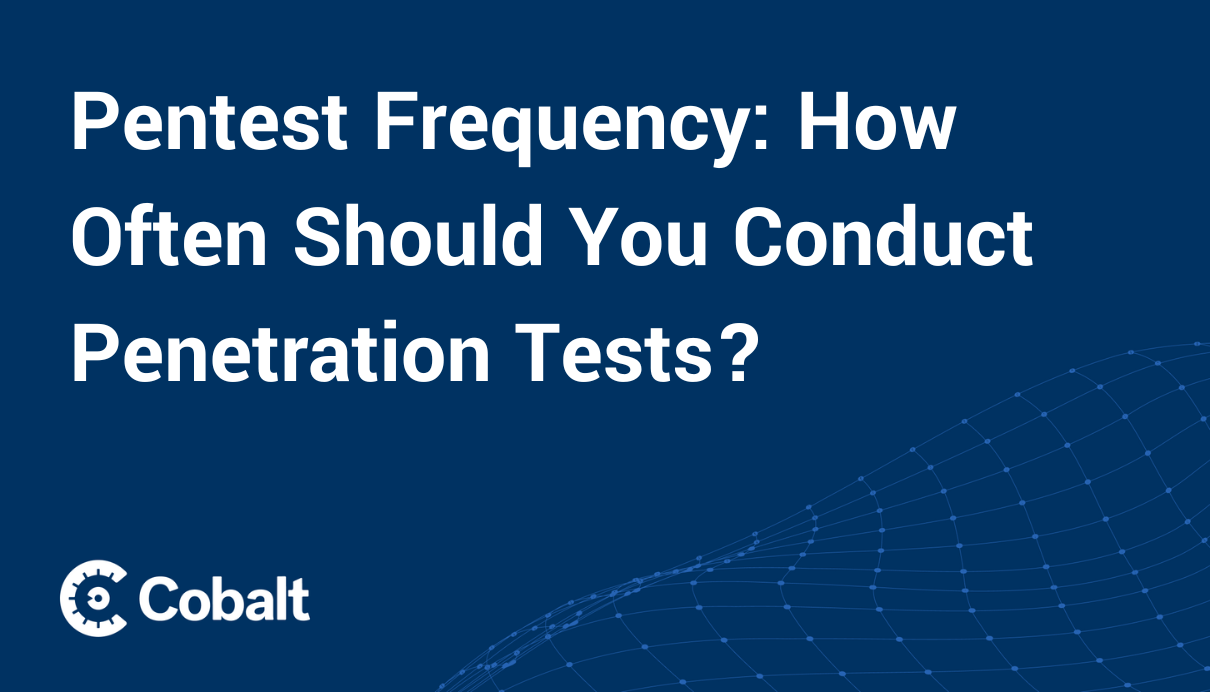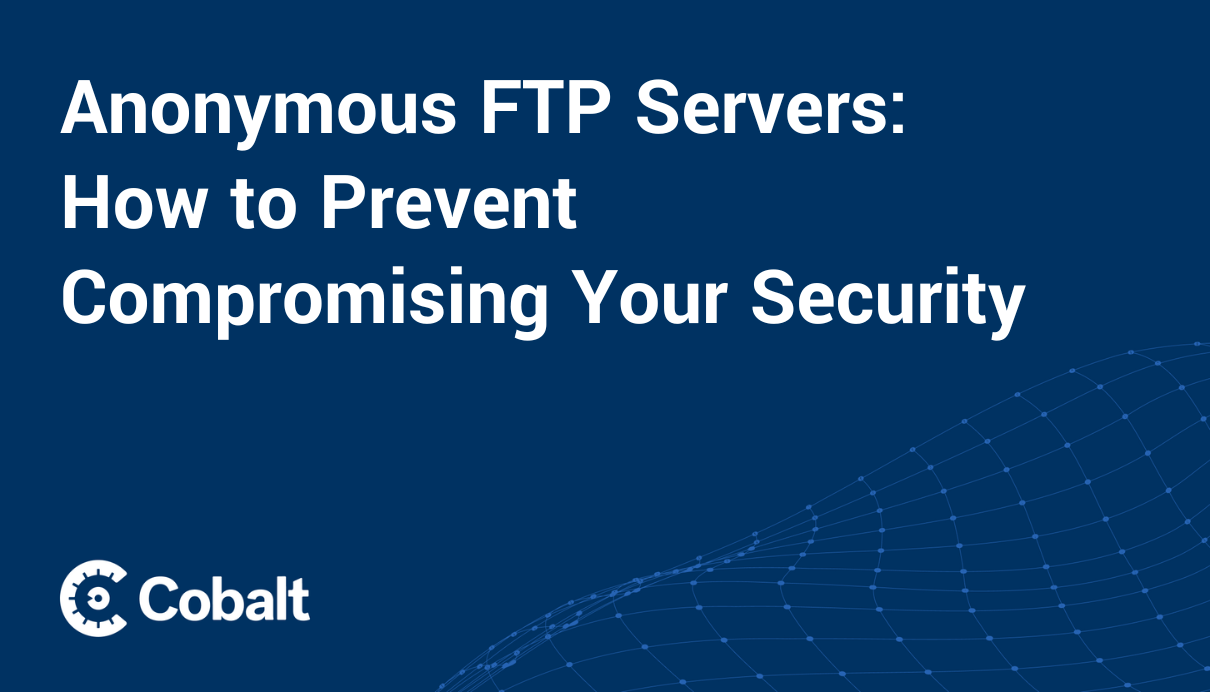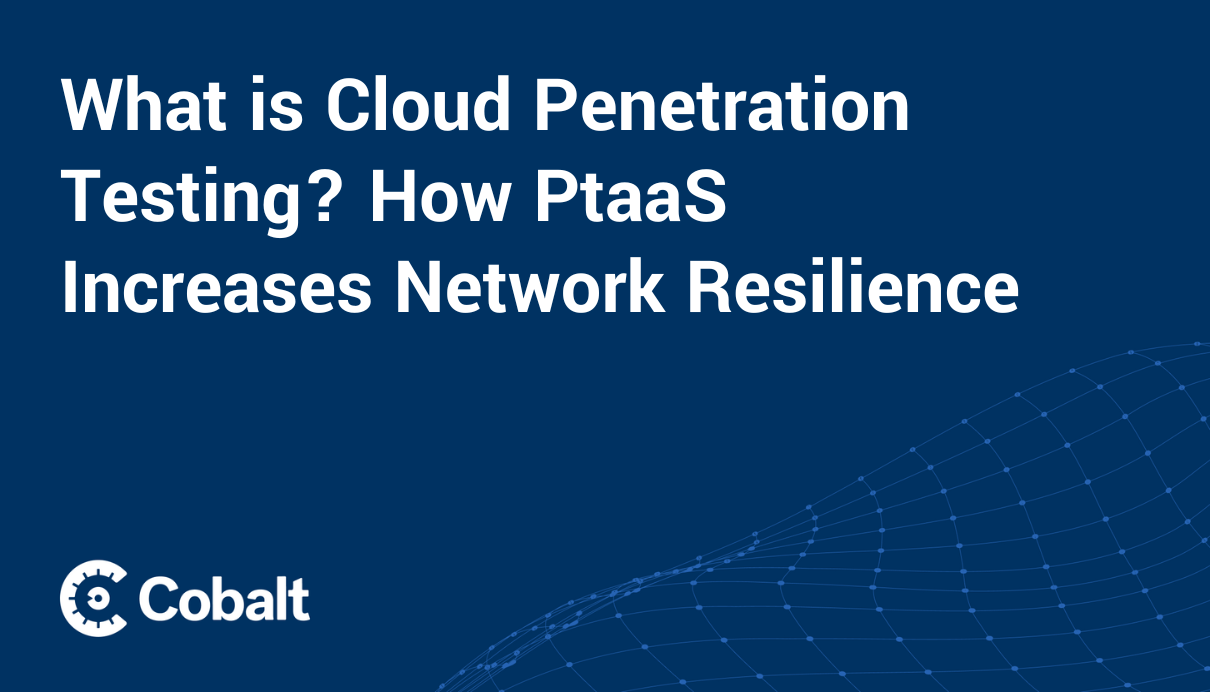Wireless networks are integral to business operations, so naturally, securing them is a critical business priority. With the rapid expansion of wireless technology, especially the advent of 5G and IoT devices, the global wireless network security market is projected to grow significantly, from a valuation of $24.1 billion in 2022 to an estimated $76.4 billion by 2032.
However, vulnerabilities inherent in wireless networks make them attractive targets for cybercriminals.
From large enterprises to small businesses, the threat is universal.
One of the most effective ways to assess and enhance the security of a wireless network is through penetration testing. This process involves simulating attacks to identify and address vulnerabilities, ensuring that the network is robust against potential threats.
Today, we’ll take a closer look at the goals of wireless network pentesting, provide a detailed overview of the process, review common compliance frameworks companies adhere to with their network testing, and highlight other key benefits businesses gain when conducting wireless network penetration testing.
Goals of Wireless Network Penetration Testing
Wireless network vulnerabilities can range from issues in encryption methods to gaps in network protocols. A penetration test can actively seek out the specific weaknesses that could potentially be exploited by unauthorized users. This helps provide a clearer picture of the network's overall security status.
Once vulnerabilities are detected, the next step is to assess their risk level. This involves understanding the severity of each vulnerability in the context of potential cyber threats. The assessment categorizes these vulnerabilities based on the ease of exploitation and the impact they could have on the network if exploited.
After identifying and assessing vulnerabilities, the focus shifts to developing strategies for remediation. This involves creating a plan of action to strengthen the network's overall security framework.
Compliance and Network Pentesting
Businesses are increasingly prioritizing the security of their wireless networks through rigorous penetration testing, a practice underscored by several key compliance frameworks. There’s a variety of compliance frameworks that either explicitly or implicitly require wireless network testing to be conducted by a third party.
The PCI DSS (Payment Card Industry Data Security Standard) explicitly requires entities that handle credit card information to conduct annual penetration testing, as detailed in Requirement 11.3.
Similarly, organizations seeking ISO 27001 certification must manage technical vulnerabilities, which can include penetration testing as per Clause A.12.6.1, to ensure the protection of sensitive information.
Furthermore, compliance with NIST SP 800-53 for U.S. federal information systems necessitates annual penetration testing as outlined in Control CA-8, reinforcing the importance of identifying and mitigating network vulnerabilities.
Although HIPAA does not explicitly mandate penetration testing, it is commonly adopted by healthcare organizations to meet the Security Rule's risk management requirements and to protect ePHI.
Lastly, the GDPR mandates that personal data be processed securely, which includes regular testing of security measures as per Article 32, with penetration testing being a widely accepted method to fulfill this obligation.
These frameworks collectively highlight the shared objective among businesses to conduct wireless network penetration testing as a critical component of their cybersecurity defenses.
Wireless Penetration Test Process: A Detailed Overview
A wireless network penetration test is designed to probe the network in a manner similar to potential attackers but with the objective of strengthening the network. It begins with a comprehensive reconnaissance phase, where security experts gather critical information about the network's range, encryption types, and potential entry points. This initial phase is crucial for setting the stage for more targeted and effective testing.
At the core of the process is rigorously testing wireless security protocols and checking for outdated methods or weak passwords. Pentesters also scrutinize the security of captive portals and assess how well guest networks are segmented from the main corporate network. For onsite testing, additional measures are taken:
- Heat mapping, to understand if the wireless signals are reaching unintended external areas, and
- Rogue access point detection to identify unauthorized access points within the network.
Transparency and collaboration are key throughout this testing process. Maintaining open communication ensures that the testing is not only thorough but also informative, helping to improve ongoing security practices.
After the testing phase, an in-depth report is delivered to the client. This report outlines discovered vulnerabilities, evaluates their potential risks, and suggests clear strategies for remediation, turning insights into actionable security enhancements.
The final phase involves addressing the identified vulnerabilities and then retesting the network. This ensures that the remediation measures are effective and that the network's defenses are strengthened against potential threats.
Improve Wireless Network Pentesting with a PtaaS Platform
The adoption of Penetration Testing as a Service (PtaaS) platform brings a new level of efficiency and effectiveness to wireless network penetration testing. PtaaS platforms offer several key benefits:
- Automated and Continuous Testing: PtaaS platforms facilitate ongoing testing, providing continuous insights into network security status. This is crucial for wireless networks that evolve rapidly with new devices and configurations.
- Real-Time Reporting: Unlike traditional methods that often involve delayed reporting, PtaaS platforms offer real-time updates. This immediacy allows for quicker responses to detected vulnerabilities.
- Collaborative Environment: PtaaS platforms often provide a collaborative space for security teams and pentesters, enhancing communication and understanding of the security findings.
- Customizable and Scalable Tests: PtaaS allows for more tailored testing that aligns with the specific needs and scale of a wireless network, ensuring that the testing is relevant and comprehensive.
- Data-Driven Decision Making: The detailed and accessible reporting from PtaaS platforms empowers organizations to make informed decisions about their security strategies and resource allocation.
Benefits of Conducting Wireless Network Penetration Tests
Wireless network penetration goes beyond mere compliance, providing tangible, real-world advantages such as:
- Comprehensive Security Insight: Unlike standard automated security tools that might only skim the surface, penetration tests dive deep into the network's architecture.
- Regulatory Compliance: Penetration testing aids organizations in complying with industry regulations and standards like PCI DSS, EU GDPR, and ISO 27001. Regular testing can uncover security gaps that need to be addressed to meet these compliance requirements, an important factor for many businesses.
- Enhanced User Trust and Reputation: Demonstrating a commitment to robust security practices is vital. Successfully passing rigorous penetration tests and rectifying discovered vulnerabilities can enhance an organization's reputation for data security and foster increased trust among clients, partners, and stakeholders.
- Cost-Effective Risk Management: Identifying and addressing vulnerabilities early through penetration testing can be significantly more cost-effective than dealing with the aftermath of a security breach. The costs associated with data breaches, including regulatory fines, legal fees, and loss of business, can be substantial.
- Validation of Security Policies and Employee Awareness: Wireless penetration testing also serves as a practical audit of an organization's security policies and employee adherence to security protocols. It can reveal whether security policies are being effectively implemented and if employees are aware of and following best practices.
- Safeguarding Personal Data and User Safety: Cybersecurity's core is to defend individuals' sensitive data. Wireless pentests are vital in preventing unauthorized access and data theft, thereby protecting users from fraud. These tests provide a proactive measure to maintain the digital safety and confidence of customers and employees.
Beyond Wireless: The Expanding Horizon of Penetration Testing
Each type of penetration test — whether it targets applications, APIs, cloud infrastructures, or internal/external networks — addresses specific security concerns and vulnerabilities unique to its domain. This expansive view of penetration testing underlines a fundamental principle in modern cybersecurity: a holistic approach is critical for comprehensive protection.
Application and API Penetration Testing
Application and API tests focus on software components critical to business operations. These tests are crucial, especially as organizations increasingly rely on software-as-a-service (SaaS) and cloud-based applications.
They scrutinize the way applications handle data, manage user authentication, and interact with other services. Identifying vulnerabilities in applications and APIs can prevent significant breaches, as these components often process and store sensitive information.
Cloud Infrastructure Testing
Cloud penetration testing is another crucial area, given the widespread adoption of cloud services for data storage and processing.
These tests examine the security of data in transit and at rest, the robustness of encryption protocols, and the efficacy of access controls in a cloud environment.
As cloud infrastructures become more complex, the necessity for specialized penetration testing in this area becomes increasingly apparent.
Internal and External Network Testing
Internal and external network tests focus on the organization's network infrastructure. External testing simulates attacks that external threat actors could carry out, while internal testing looks at what an insider could potentially exploit. This dual perspective is vital in an era where threats can originate from both outside and within an organization.
Integrating a Multifaceted Approach
Each type of penetration test contributes to an overarching security strategy. The insights garnered from these diverse tests enable organizations to construct a multi-layered defense mechanism, addressing potential vulnerabilities at every level of their digital ecosystem. This integrated approach not only fortifies individual components but also enhances the resilience of the entire network architecture against a wide array of cyber threats.
While wireless network penetration testing is critical, it's just one facet of a comprehensive cybersecurity strategy. The inclusion of various types of penetration tests reflects an evolved understanding of the complexities of digital security in today's interconnected world. Organizations that adopt this multifaceted approach to penetration testing are better equipped to navigate the ever-changing landscape of cyber threats and safeguard their digital assets more effectively.
Are you ready to proactively protect your digital assets? Reach out to Cobalt today to learn more about our comprehensive wireless network pentesting solutions and how they can be tailored to meet your unique security needs.










